

3 tips for building your injury-resistant armor
Instead of focusing on rehab and damage control when athletes are injured, we need to get better at foreseeing and correcting problems before they can even crop up. There are three main contributing areas that require respect and extra awareness from coaches and athletes: feet/ankles, knees, and hips.

How to strengthen team spirit in your club or team
It’s rare to be alone when playing sport. Even individual athletes are hardly only by themselves. Here are some tips to strengthening bonds between teammates and coaches in a healthful way.

How to microdose your training away: Notes on MRV, MED, and COVID
The art of sport science - the science of the human body performing at maximum capacity - ought to be redefined as “the art and science of making the most out of what you’ve got”, especially with a global pandemic out there. Let’s talk about microdosing and mini-workouts for maximum psychophysiological benefits!

Foam Rollers: Friend or Foe?
There are unending claims about what foam rollers and other myofascial release techniques can do, whether sold to the public via marketing or passive physical therapy methods. But what do we really know about rolling?

What makes a training session “good”?
Just because that workout is good for (or acceptable to) someone else with an entirely different set of skills, performance goals, and schedules does not mean it is good for you specifically.
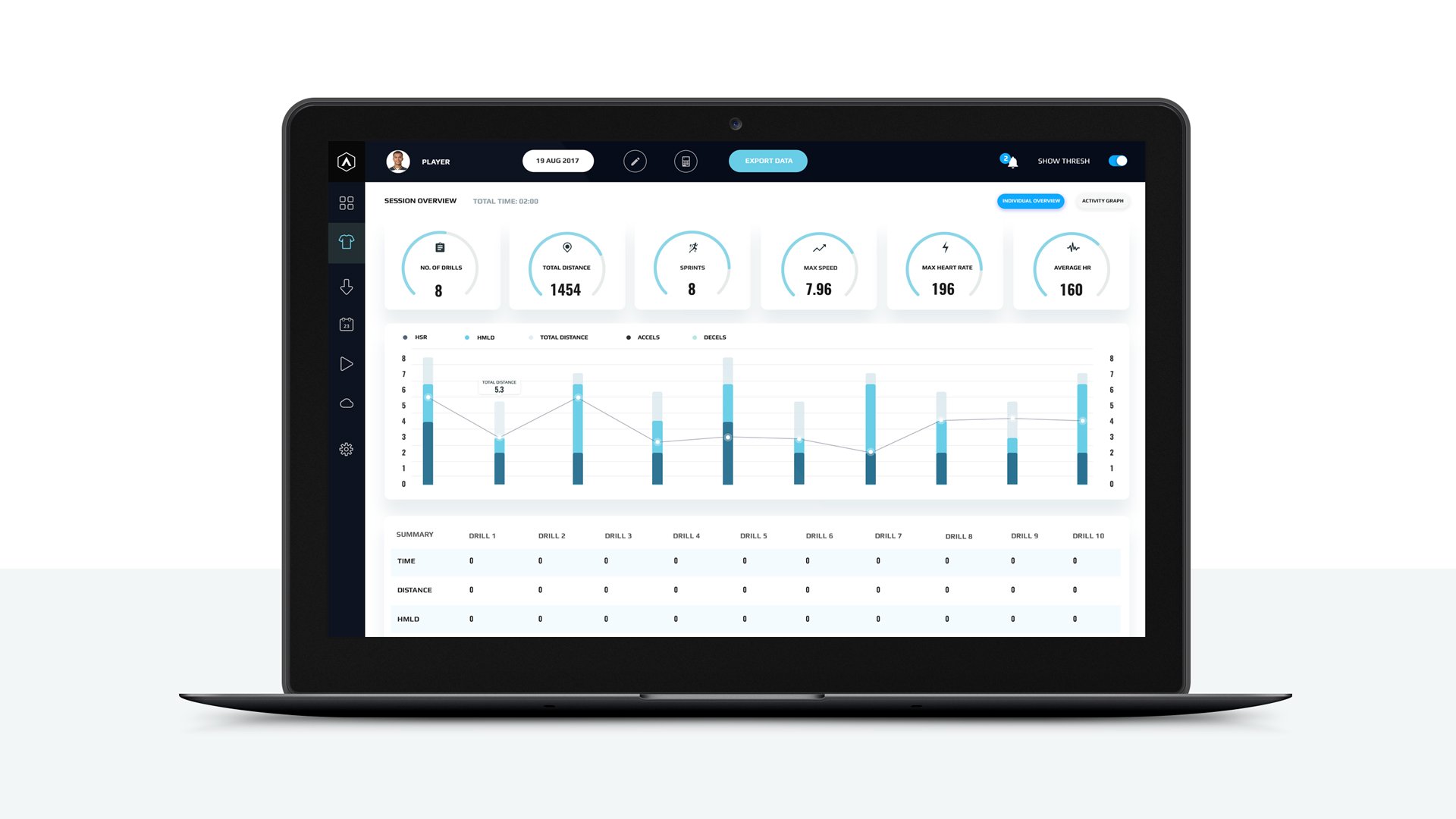
Athlete Load Management for normal people
We want to know how much of what kind of training stressor athletes receive (and how much of what kinds they need) in order to get an adaption (and how much/what kind of adaption) - in a general sense, the primary goal is an improved fitness and performance.

A Developing Strength Coach’s Book List
Do you know how to speak? Do you know how to lead, how to serve from the front and the back? Do you know how to use words in ways that move and motivate? Do you know your values, and do you live them out? And do you know why you even do this job? You know the science of sport. Now these books are for you.

3 keys for planning an effective training session
Make your warm-up count. Follow the order of operations in exercise planning. And stop thinking that more is more. It’s not.
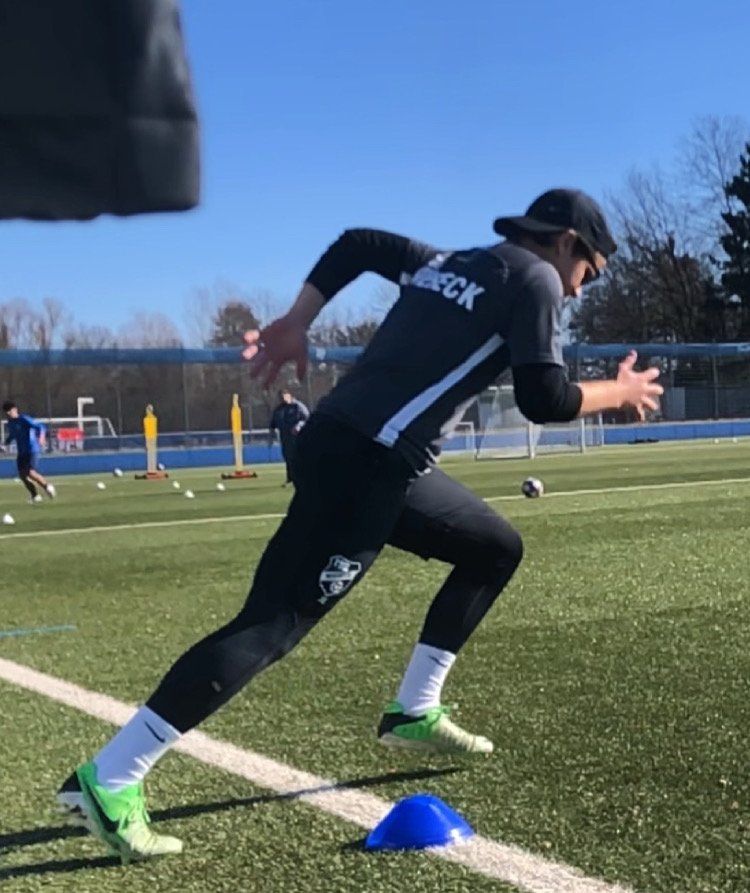
Plyos for Power? 3 Drills for Speed Day
What’s a “plyo”? Conditioning? HIIT? Strength? No, and it’s certainly not a burpee. Also, what is the SSC cycle, and how can we sprint faster using it? How should we program plyometric training? Let’s talk about it.

Hot Mess: How athletes can train safely in heat
As summer approaches extremely fast and becomes increasingly warmer with time, it is critical that athletes and coaches alike are educated on health and safety guidelines for training in high temperatures, especially during required field- and outdoor-training sessions. Here are five rules for safe training.

Intensity Matters: How to maximize your training sessions
Train with a sense of urgency. Train how you want to perform. Earn the 1% increases. Stick to your program. Don’t just check the box of a session, because that stinks.
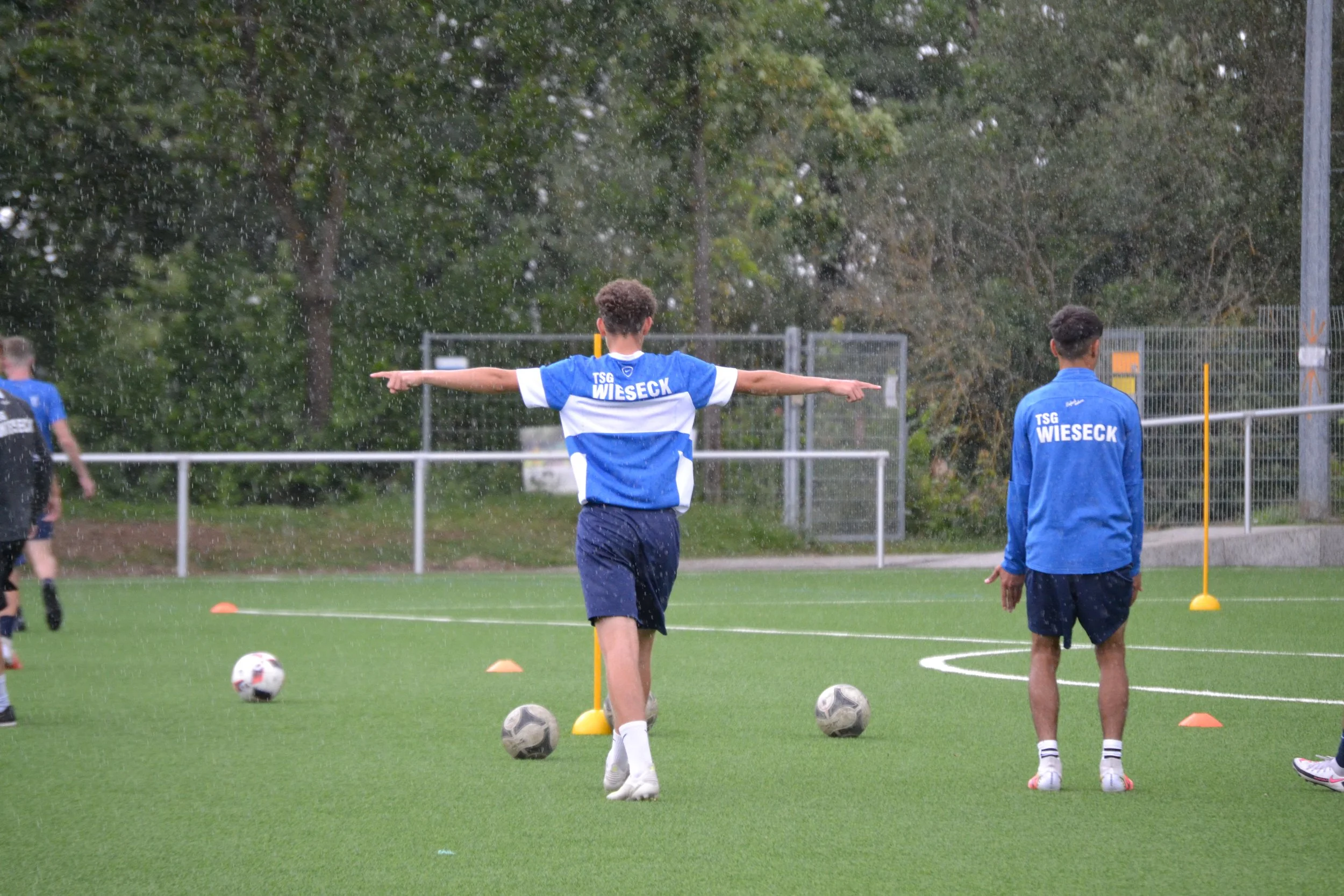
3 Keys for in-season soccer strength training
The truth is that, unfortunately, many clubs, teams, and players themselves do not utilize their off-season to get stronger and improve their physical preparedness. This leaves a usually-short pre-season to “get fit again”, instead of transferring new-found strength into new-found power.
And that leaves us hanging in the in-season phase.

So you want to be a sports performance coach…
Strength & Conditioning Coach. Performance Coach. Athletics Coach. Fitness Coach. Physical Preparation Coach. Speed Coach. Performance Specialist. The name doesn’t matter; we all have the same goal (helping athletes) with many paths to get there (and yes, some are better than others).

Matchday Prep: Priming your game
“Priming” is an umbrella term for “raising hormone levels, activating the central nervous system, warming up the muscular system, and generally waking up the body within 24 hours of performance” (in its most simple definition).

You aren’t de-conditioned. You’re just not fast.
Higher maximal speeds and bigger speed reserves save energy and buy tempo. Conditioning is vital, but the football team who can run moderately fast for 90’ will get absolutely annihilated by a team who can keep a submaximal sprint for 90’. Every time. It’s speed science!
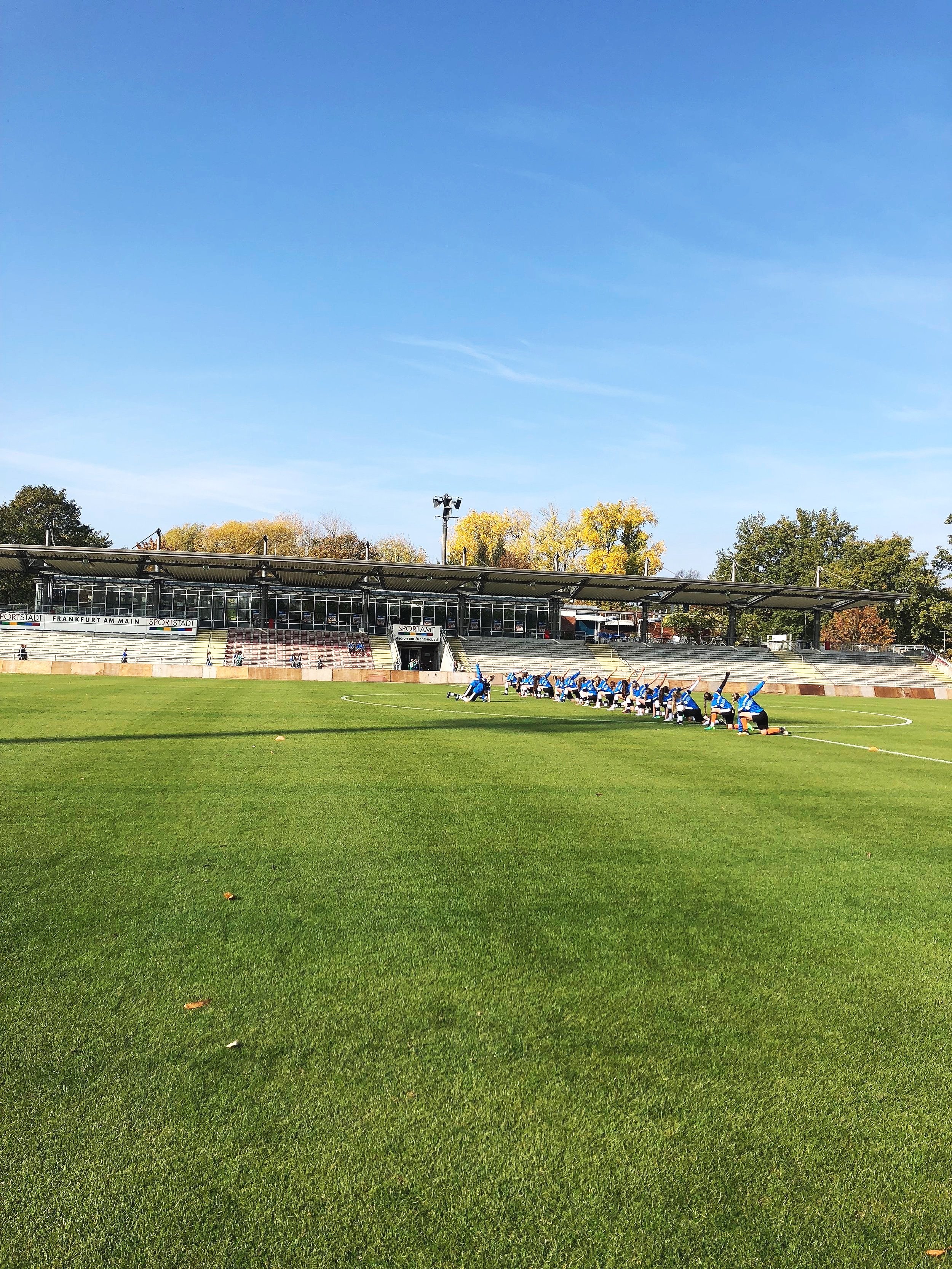
Stop cheating your warm-ups: How to max out your first 10 minutes
Maximize every second you can by purposefully including as much benefit as you can into the warm-ups. But, at the end of the day, keep it simple and realistic. Make it useful and easy to come back to. Preparation is everything. Treat warm-ups accordingly.

Is your network a job search engine or a community?
Networking is really about conversations, not about getting the job. Let’s talk about how we can harness the power of connection on Instagram, LinkedIn, and Twitter for more reasons than furthering your own career.
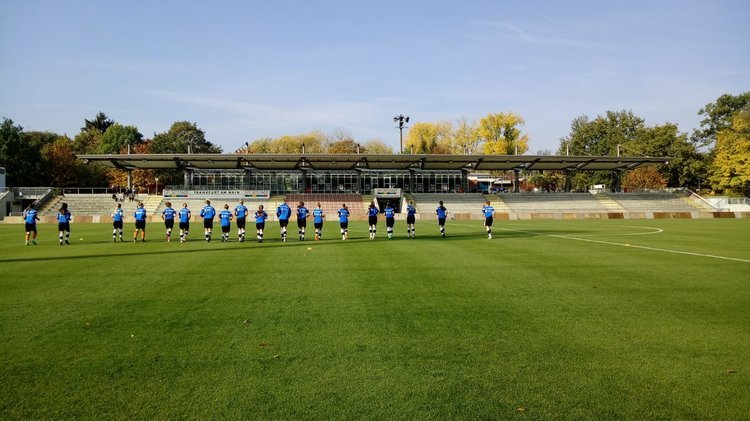
Performance testing on a blue-collar budget
The ability to determine whether or not athletes have improved their performance (and which aspects need improvement) and are healthy should never be regulated by the “we have no money” line. Here’s how to Test & Retest on a budget, on schedule, and as sport-specific and realistic as possible!

5 blunt lessons about entrepreneurship that I learned from athletes
At this point, the cliché of comparing sports to business and management are as old as time. This is different.

